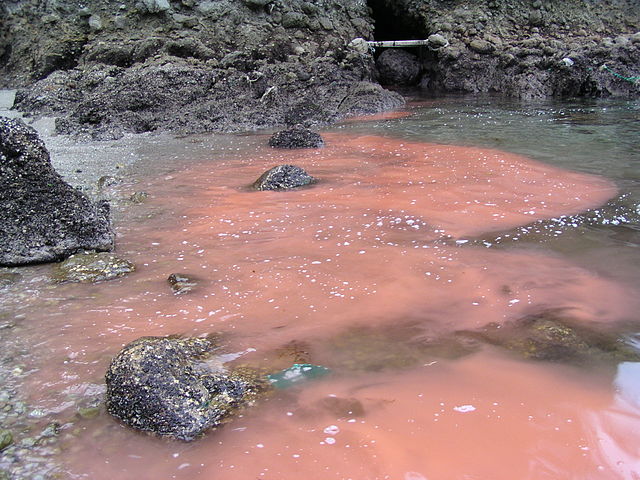Toxic algal bloom toll on marine fish and business activity has prompted South Australia (SA)’s government to selectively ban commercial fishing.
The month-long moratorium starts November 1, 2025 on the popular Gulf St. Vincent and Kangaroo Island fisheries, to replenish stock.
Commercial bluecrab and scalefish fishing in these two areas will also remain indefinitely suspended till June 30, 2026.
For Spencer Gulf, recreational fishers can access a 50% daily bag cap for garfish, calamari and King George whiting. Commercial fishing in this gulf is also exempt from the ban, giving leeway to fishers of its prawn and rock lobster riches.
According to premier Peter Malinauskas, the state will keep an eye on fish rejuvenation by investing A$7 million ($4.55 million). Some A$4 million ($2.59 million) will restock king George whiting while A$3 million ($1.95 million) breed marine species under threat.
Seafood Industry Australia has supported the move since its selective nature leaves some western and southern fisheries of SA commercially open.
Algal Bloom Packages for Businesses
Industry backing underlines a concerted effort to save SA’s fisheries after the red algae scum covered 30% of the entire coast.
Governmental support to alleviate business losses owing to the infestation include an A$28-million ($18.19 million) kitty to lure tourists back.
The program’s free booking vouchers ranging from A$100 to $500 ($64.95-324.75) apiece gift lucky Australians chances to tour the south Coast.
So far, the voucher program has brought bookings amounting to over A$3.7 million ($2.4 million).
The spending trend could last through the southern spring, helping businesses coping with effects of algal bloom recover.
With such communal spirit, the premier feels that South Australia has some of the “best regulated fisheries” worldwide. He opined that the state has not only quotas but catch and vessel limits, each on a scientific research basis. The below statistics extend this profile with fisheries’ data and algal bloom response.
Australia and South Australia Commercial Fishing Statistics
Australia is home to the world’s largest sovereign waters or Exclusive Economic Zone (EEZ), which is over 8 million kilometers square. This area extends more than the area of the continent itself – and a part of it provides rich marine fisheries. 60% of seafood under production consists of just rock lobster, salmonids and prawns.
South Australia (SA) depends much on rock lobster and other commercial seafood production. In the 2023-23 fishery year, all seafood generated A$480 million ($311.76 million) in farm-gate value. In 2017, SA produced the bulk of the national rock lobster haul at 1,539.45 tonnes. Victoria came a distant second at 289.3 tonnes.
With the algal bloom onset in 2025, however, the above values could decrease. But the government had early production revamp goals, per the below section.
How did the SA government respond to the algal bloom crisis?
By October 23, the South Australia government had announced grants to fishers in algal bloom areas amounting to A$375,000 ($243,562). It also offered 2025-26 season’s fee relief for fishermen, alongside A$28 million ($18.19 million) to support coastal businesses. Besides, the government reduced boat registration fee by 50% for the period starting December 1, 2025. Restocking funds include for King George whiting at A$4 million ($2.59 million) and freshwater fish at A$1 million ($649,500)).
